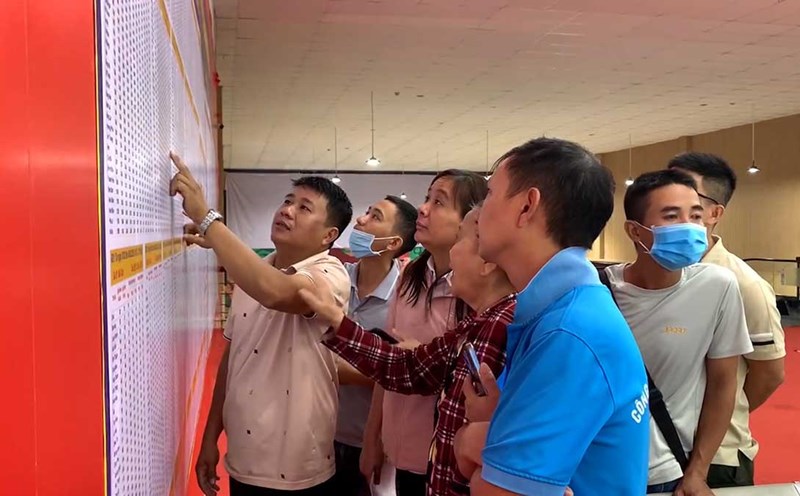Hypoglycemia can cause symptoms such as sweating, shaking, rapid heartbeat, and dizziness.
In emergency situations, choosing the right foods to quickly put glucose into the blood is extremely important.
According to the recommendation of the American Diabetes Association (ADA), the standard method for treating hypoglycemia is rule 15-15. That is, immediately consume 15 grams of quickly absorbed carbohydrates, then check blood sugar again after 15 minutes. If your blood sugar is still low, repeat the cycle.
Some recommended foods include:
-34 glucose tablets (each table is about 45g carbs).
- 1/2 cup of fruit juice such as orange juice, grape juice (about 120 ml contains about 15g of sugar).
-1 tablespoon honey or corn syrup (15g carbs).
-1 can of sugary soft drinks (not diet) - about 150 ml.
These carbohydrates are called simple carbohydrates, because they do not require complex digestion but are absorbed almost immediately through the small intestine, helping to increase blood sugar within a few minutes.
Research shows that liquid glucose is shown to increase blood sugar faster than complex carbohydrates such as bread or cereals.
On the contrary, you should not eat foods high in fat such as chocolate, ice cream, peanut butter immediately when lowering blood sugar, because fat slows down the absorption of glucose, making emergency treatment ineffective.
After recovery, patients should eat a snack containing complex carbohydrates and protein, such as whole wheat bread with boiled eggs to keep blood sugar stable.
When lowering blood sugar, you should immediately eat foods containing 15g of fast-absorbed simple sugar to avoid serious complications. Proper treatment can save lives and prevent brain damage caused by glucose deficiency.










